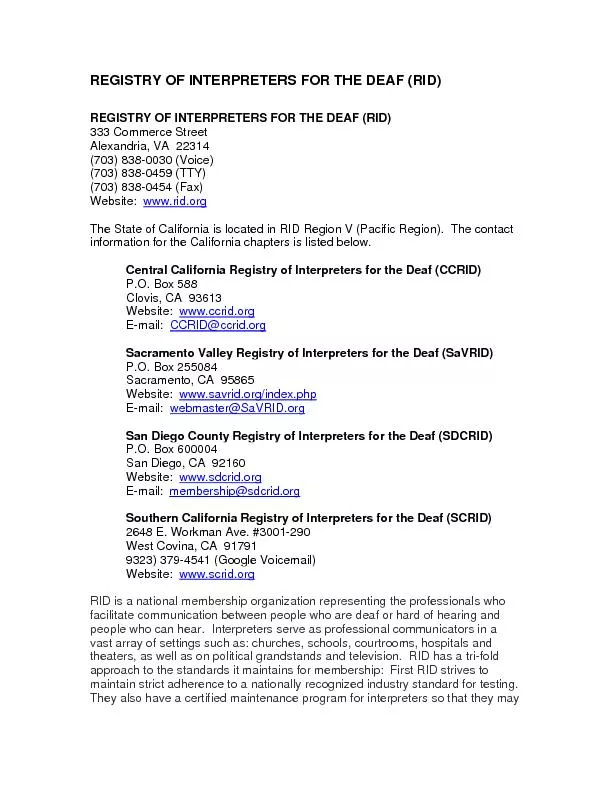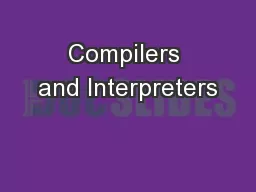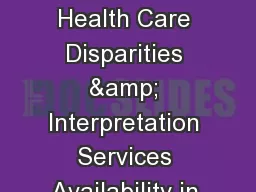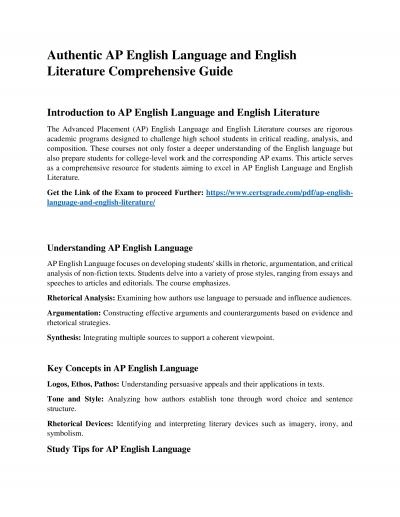PPT-Serving Limited English Proficient Clients and Working with Interpreters 101
Author : pasty-toler | Published Date : 2018-09-17
Definitions amp Data 1 Definitions amp Terminology LEP Limited English Proficient Interpreters interpret spoken word Translators translate written text Modes
Presentation Embed Code
Download Presentation
Download Presentation The PPT/PDF document "Serving Limited English Proficient Clien..." is the property of its rightful owner. Permission is granted to download and print the materials on this website for personal, non-commercial use only, and to display it on your personal computer provided you do not modify the materials and that you retain all copyright notices contained in the materials. By downloading content from our website, you accept the terms of this agreement.
Serving Limited English Proficient Clients and Working with Interpreters 101: Transcript
Download Rules Of Document
"Serving Limited English Proficient Clients and Working with Interpreters 101"The content belongs to its owner. You may download and print it for personal use, without modification, and keep all copyright notices. By downloading, you agree to these terms.
Related Documents














